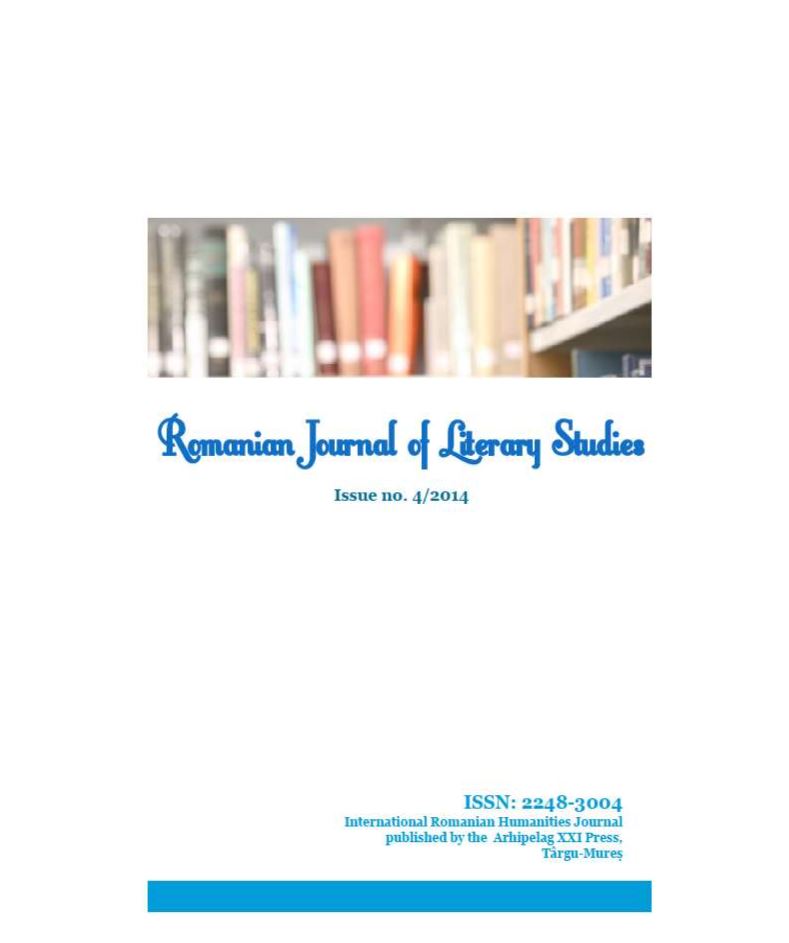GEOCULTURAL ASPECTS IN CONTEMPORARY NOVELS
GEOCULTURAL ASPECTS IN CONTEMPORARY NOVELS
Author(s): Susana Monica TapodiSubject(s): Language and Literature Studies, Literary Texts
Published by: Editura Arhipelag XXI
Keywords: Image of the other; interculturality; geocultural aspects; changing Central Eastern European societies; contemporary Romanian; Hungarian and Slovenian literature
Summary/Abstract: The problems investigated in the present paper deal with the way space is structured, as well as with the role of cultural and linguistic alterity in the novels Bodor Ádám: Sinistra körzet (The Sinistra Zone; translated by Paul Olchvary) (1992), Corin Braga: Claustrofobul (The Claustrophobic, 1992), Jože Hradil: Slike brez obrazov (Photos without Faces, 2012) and Dan Stoica: Ţara secuilor (The Land of the Szeklers, 2010). Emphasis is also laid on the geocultural features that define the text of these novels and on the relationship between the texts studied and the multiethnic framework of the depicted regions (i. e. Transylvania and the Prekmurje region). Stereotypes that appear when facing linguistic and cultural alterity and the characters’ attitudes towards the majority-minority problem are also analysed. How do social and political changes influence the image of others?Stereotypes are analysed based on Hans Georg Gadamer’s work Truth and Method. Based on Deleuze and Guattari’s terms, tendencies in minor literature towards territorialisation, deterritorialisation and reterritorialisation are followed. Braga and Bodor lay emphasis on the dehumanising effects of dictatorship. The characters are hybrid and space gains a distinct role in their novels. Characters move in a broader space in Stoica’s and Hadril’s novels, where peaceful coexistence between nations and national confrontations are equally present.
Journal: Journal of Romanian Literary Studies
- Issue Year: 2014
- Issue No: 04
- Page Range: 682-686
- Page Count: 5
- Language: English

